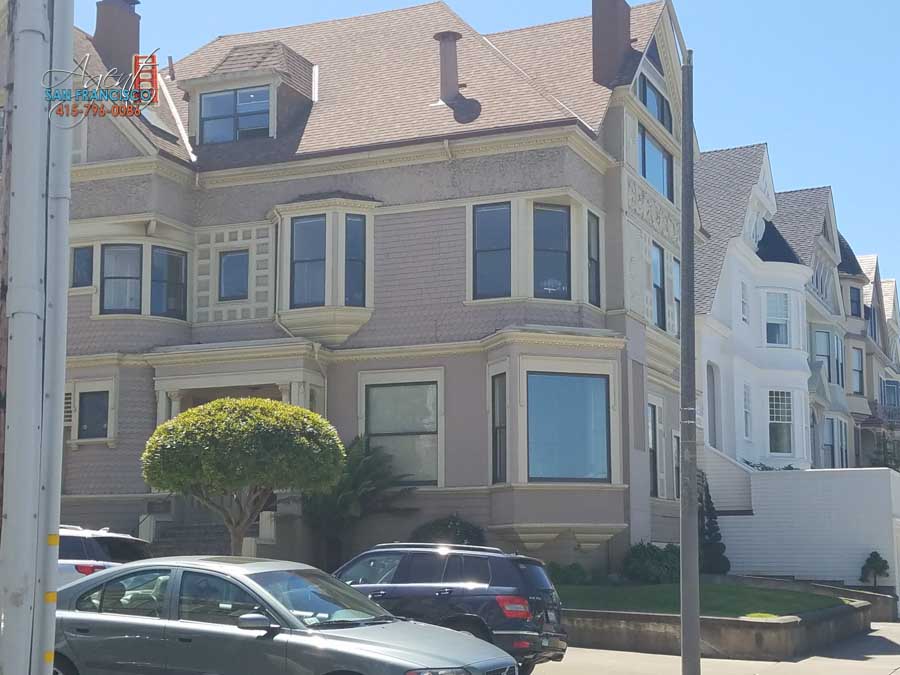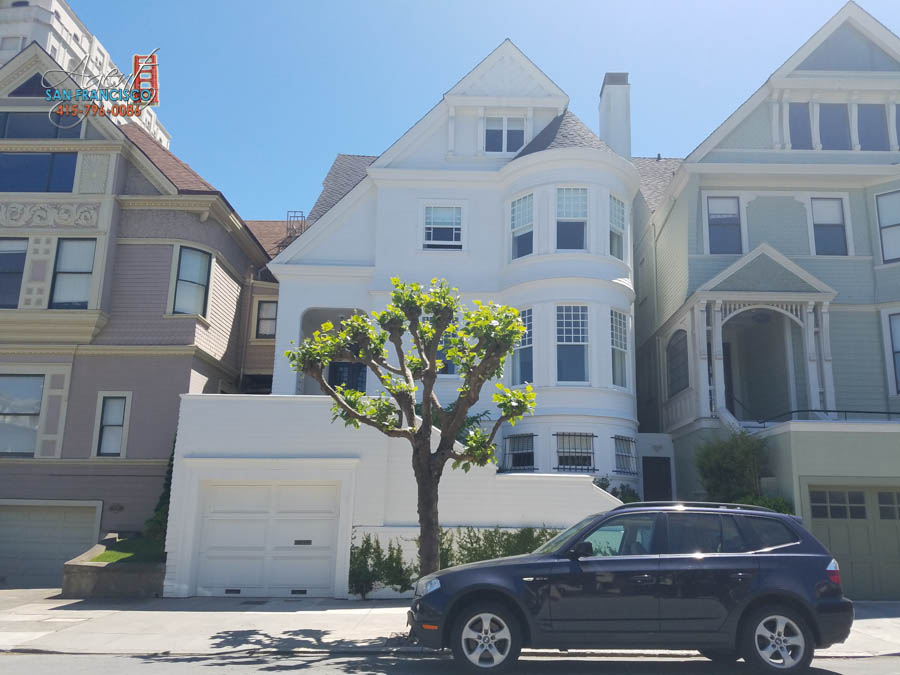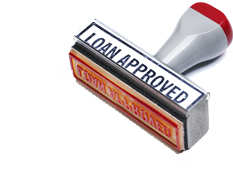[sg_popup id=”8″ event=”onload”][/sg_popup]
San Francisco | Home Seller: Estimating Your Market Value | Mortgage residential and commercial home loans SF
The simple truth is that the market value of your home is what a buyer is willing to pay. An estimate of your home’s value is a prediction of what most buyers would be willing to pay at a given time. This prediction requires a close look at two factors: recent home sales in your area, and an assessment of the real estate market. Pricing correctly is fundamental to a successful outcome in the sale of your home.
Market Analysis
Recent closed sales in your area offer the most relevant data for predicting the sale price of your home. Later, when your home is appraised for the buyer’s loan, the appraiser will only consider closed sales. List prices of homes on the market are of interest too, because they show the current pricing trend.

If your home is superior or inferior to most homes in the neighborhood, or if there are no nearby sales, then it will be more difficult to anticipate the responses of potential buyers. In this case, a strategy of trial and error may be necessary. This strategy will require a realistic assessment of buyer responses. Sometimes buyer responses are unrelated to the size and condition of the home. For example, in an area where most buyers have grown children, a home with the master upstairs may not sell as high.
Real Estate Market
An important part of pricing is an assessment of the state of the real estate market. The market may favor sellers or buyers, or be in balance. An indicator of the quality of the market is the number of months of standing inventory in your market and price range. Use this formula to estimate months of inventory:
1) Count the number of sales in your market area and price range for the past 12 months. (Example: 60 sales between $300,000 – 500,000)
2) Divide the number of sales by 12, to get the number of sales per month. (Example: 5 sales per month)
3) Count the number of homes on the market now. (Example: 100 homes between $300,000 – 500,000)
4) Divide the number of homes on the market by the number of sales per month (Example: 100 homes selling at a rate of 5 per month = 20 months of supply).
The current inventory divided by the rate of sale shows the number of months it will take to clear the current inventory, and reveals the state of the real estate market.

Seller’s Market
Less than 6 months of unsold inventory is considered a seller’s market. In this market, there is a large number of buyers in proportion to the number of homes for sale. The demand for homes is greater than the supply. Buyers must compete with each other for homes. Sellers often receive multiple offers. Buyers will submit the highest price that the market will support. Prices will trend upward. In a climbing market, it makes sense to price slightly above recent sales.
Buyer’s Market
More than 8 months of inventory is considered a buyer’s market. In a buyer’s market the number of homes for sale is large compared with the number of buyers. This market is created by excessive construction, employment decline or high interest rates. A low number of buyers relative to the inventory results in lower prices. Sellers must compete with each other for available buyers. Prices trend downward. In a falling market, prices should be set at the lower end of the range because time works against you – in six months prices may be lower. This may be difficult to do, especially if the home was purchased at a higher price.
Price Per Square Foot
Dollars per square foot is often used as tool for comparing homes. Keep in mind that you must make a sliding scale adjustment from larger to smaller homes. In other words, the larger the house, the lower the price per square foot for comparable properties. This is because the core square footage of a home has a higher value than the peripheral area. The price per sq. ft. on a 1,000 sf home will be much higher than a 5,000 sf home, for similar quality homes.
Should you price high, and hope for an offer?
Houses should not be priced over the market. This is not the best way to position your home for several reasons:
1) Your home will be shown to the wrong group of buyers. The buyer who steps forward will be an aggressive negotiator – someone who will make a low offer.
2) You will inadvertently help to sell the competition. Your high price will convince buyers that another home is a good value.
3) Your best leverage occurs during the early marketing period. Your days on the market is evident to buyers, and is a subtle but important factor in their decision.

How will you know if the price is correct?
Second looks from buyers is the best affirmation of correct pricing. This indicates that your home appeals to buyers in your price range. There may be a few nibbles before a buyer comes forward who is ready to act. It helps to get feedback from showings. However, keep in mind that buyers and agents are often reluctant to say something negative. Look at the overall result of all showings for confirmation of the price . If you are getting lukewarm responses, this will require a strategy of price reductions.
How long should you market a home at a given price?
There is no standard time frame for marketing at a given price. About 8-10 showings is a reasonable number to get a sense of the market response. This usually corresponds to about 2 – 6 weeks for an average home in a balanced market. About 30 days marketing time is a reasonable price test. However, this may be too short for an unusual or very high end home, for which there is a small market. Or, 30 days may be too long for your home if you need to move fast, and there is plenty of activity.
What if your home does not sell in a reasonable time?
If your home has been on the market for months with no offers, this is a clear message that the price is set too high. What you do at this point depends on whether you really need to sell. If you’re not really motivated to move soon, you could wait for the market to move up to your price. It would be best to take your home off the market and wait for better conditions. Buyers are suspicious of a house that has been for sale for a long time. If you need to sell, consider a schedule for dropping your price until it reaches a level that attracts buyers. At the right price, you home will sell.

Powered by Agent San Francisco – SF San Francisco. All rights reserved.© 2012 Copyright by Agent San Francisco™. All rights reserved. Agent San Francisco is an independent real estate brokerage.
“Agent San Francisco real estate brokerage” is an independent real estate brokerage firm with CaBRE – California Bureau of Real Estate Lic #01173770 and Mortgage Loan Originator MLO – NMLS ID: #1203203 & NMLS ID: #1425778 – Agent San Francisco is equal opportunity housing mortgage broker and
real estate agent that abides by all California Bureau of Real Estate rules and regulations. Agent San Francisco Mortgage Loan originators MLO’s and advertising are in compliance with FTC, U.S. Department of Housing & Urban Development (HUD), Regulation Z [12 CFR §1026.24], Reg CaBRE, Mortgage Acts and Practices — Advertising rule, known as Regulation N – [12 Code of Federal Regulation §§1014 et seq.] – The Federal Trade Commission (FTC) and Consumer Financial Protection Bureau (CFPB).
Licensed and endorsed under California Bureau of Real Estate. (CaBRE)
CaBRE Broker #01173770
Mortgage Loan Originator (MLO) NMLS ID #1425778
Mortgage Loan Originator NMLS ID #1203203
Searches related to residential home and commercial real estate lenders San Francisco
residential home and commercial real estate loans San Francisco
San Francisco residential home refinance and commercial real estate lenders list
largest residential home refinance and commercial real estate lenders San Francisco
residential home refinance and commercial real estate funding San Francisco
residential home refinance and commercial real estate financing San Francisco
residential home refinance and commercial mortgage lenders San Francisco
residential home refinance and business real estate lenders San Francisco
residential home refinance and private commercial real estate lenders San Francisco
Home purchase loans and refinancing




Licensed real estate broker CaBRE #01173770 | NMLS 1425778 & 1203203 | 415-796-0086 | www.agentsanfrancisco.com

